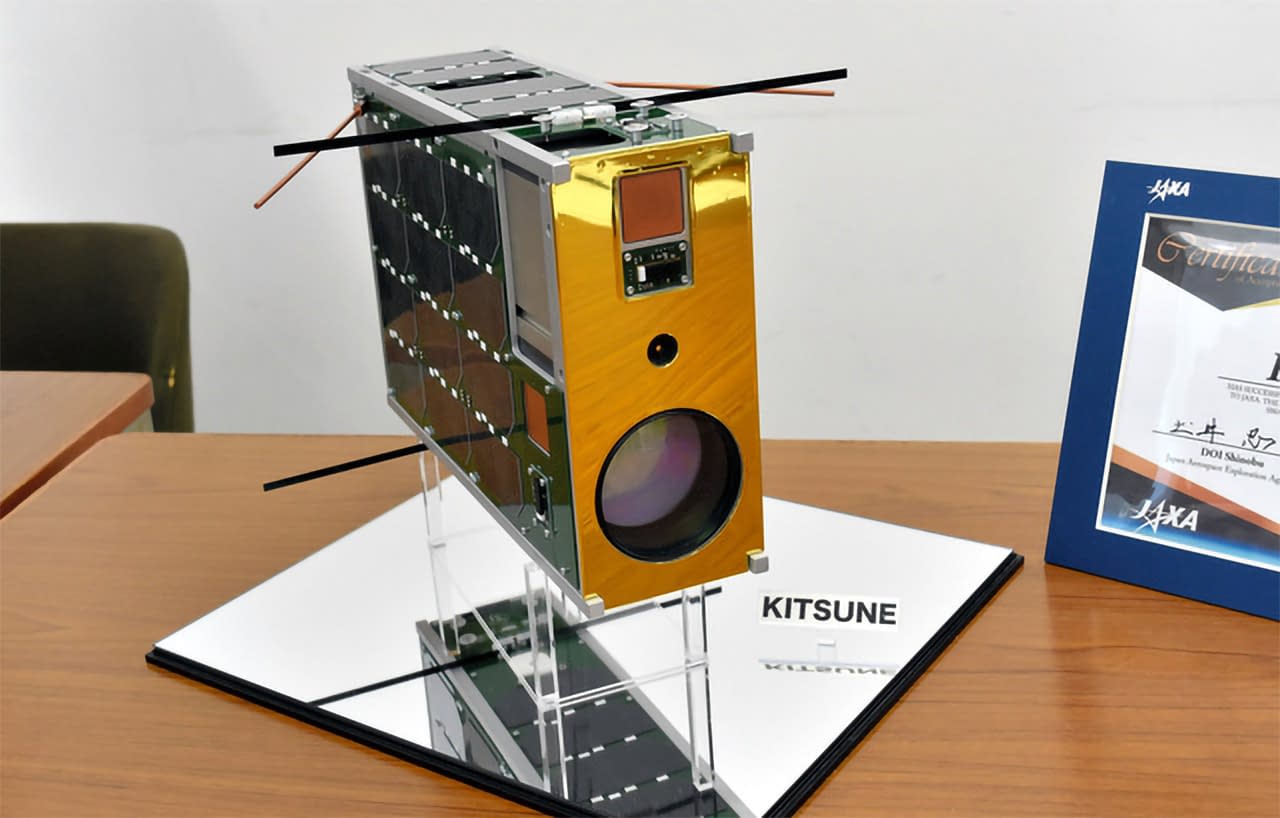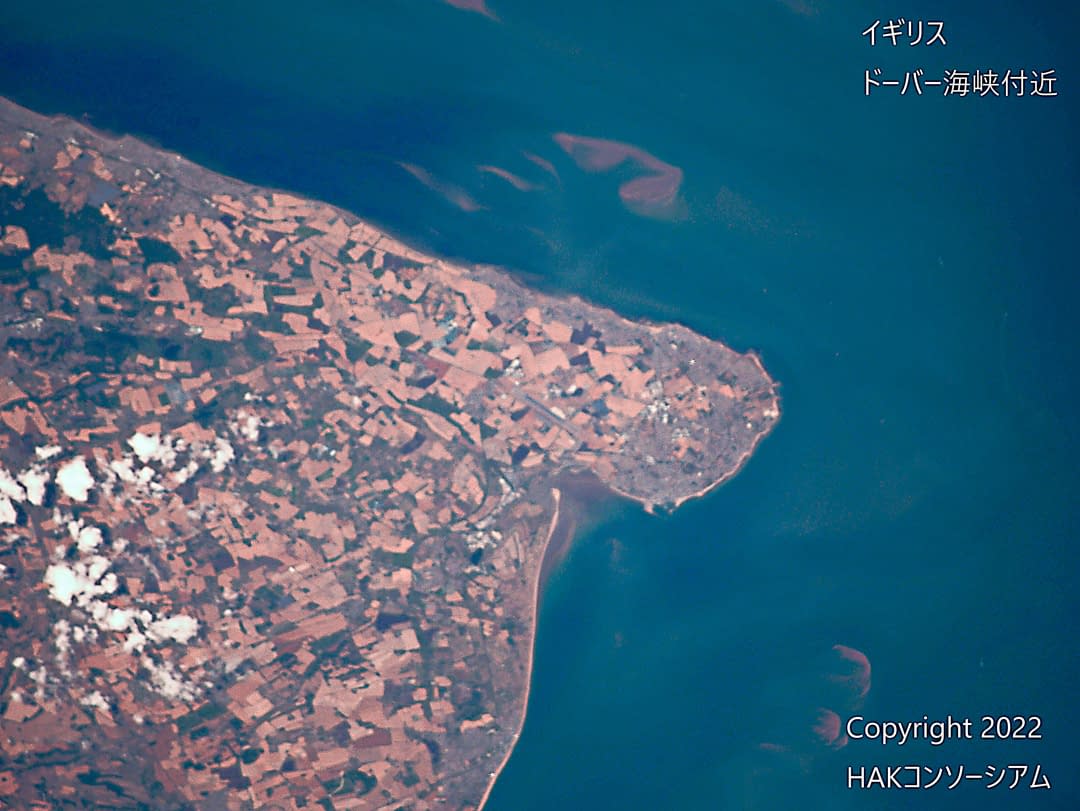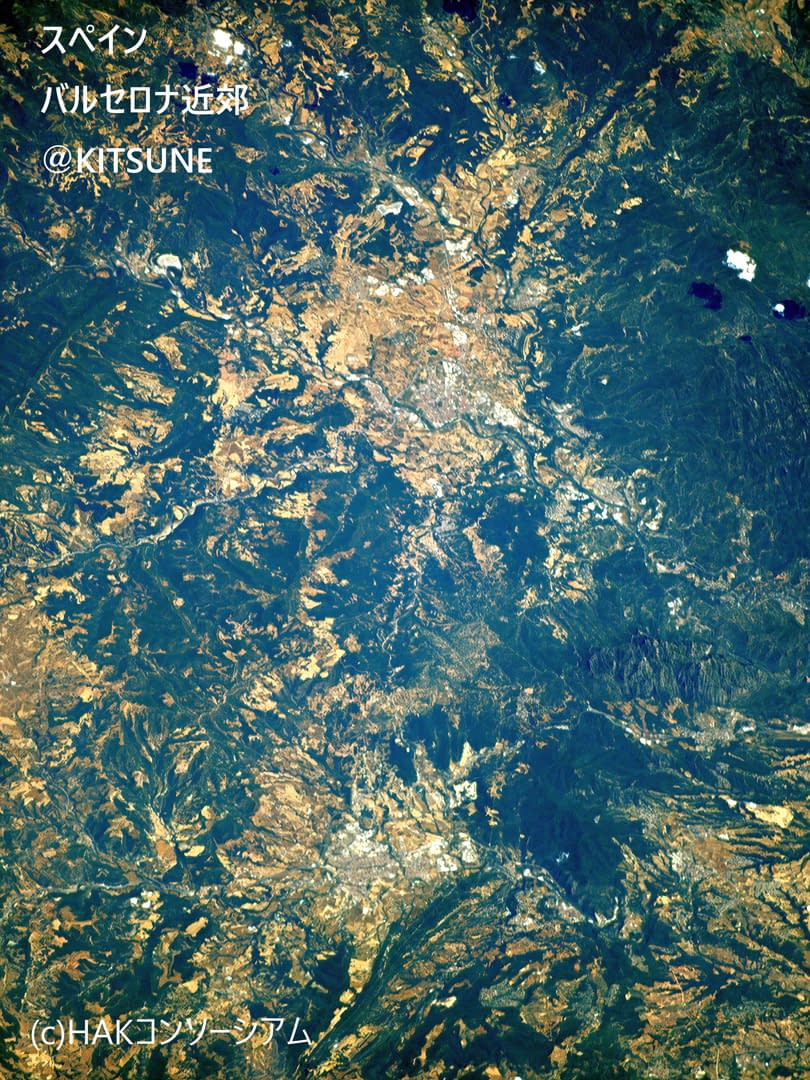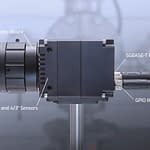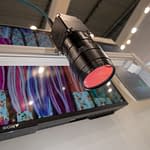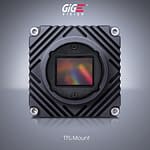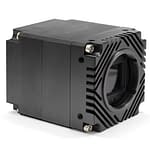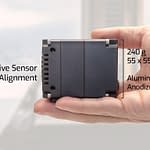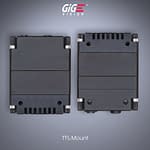CASE STUDY
Microsatellite Captures
High Resolution Imagery
with the Atlas 31.4MP 5GigE Camera
Microsatellite Captures High Resolution Imagery with the Atlas 31.4MP 5GigE Camera
Harada Seiki, an equipment manufacturer in Hamamatsu City, developed and manufactured a microsatellite in collaboration with communication equipment manufacturer Addnics (based in Tokyo) and Kyushu Institute of Technology (located in Kitakyushu). The satellite was released into orbit from the International Space Station (ISS) on March 24, 2022 and various demonstration experiments were conducted since then for Earth observation and high-speed communication.
Challenge
While satellites are becoming more sophisticated, they must meet the ever-growing requirements regarding their size and weight, reliability to withstand the effects of severe temperature changes in space, vibration and shock resistance during launch, as well as utilize high-performance imaging cameras for high-speed movement and pass a number of safety tests while keeping the overall costs down.
Solution
The Kitsune satellite “Wide 6U” is box-shaped, 30 cm long, 20 cm wide, and 10 cm high, and weighs about 8 kg. The speed is 7.7 km / s. It can make one orbit 400 kilometers above the ground in about 90 minutes. It has twice the capacity of microsatellites launched around the world, making it possible to install larger imaging equipment than before.
Solar panels attached around the satellite charge and move the device. Equipped with high-precision telescopes and high-speed communication equipment, the satellite can identify objects on the ground that are 5 meters square. Harada Seiki implemented LUCID’s high resolution Atlas 5GigE camera featuring Sony’s 31.4MP global shutter CMOS sensor technology providing excellent image quality with exceptionally low noise, wide dynamic range and high quantum efficiency. Packed into compact 55x55x70mm enclosure, the Atlas camera is known for its Factory Tough industrial design offering vibration and shock resistance.
In addition, the Atlas camera features Active Sensor Alignment which helps to maximize the optical performance of large format sensors and is ideal for vision applications that require a high level of camera accuracy. Using a long-focus telephoto lens, it was important to have the large format sensor precisely aligned to the lens mount to achieve sharp and crisp images, even in the corners (see example below).
Atlas 5GigE Camera
The Atlas industrial camera is designed for imaging applications requiring high bandwidth in a compact size. The 5Gbase-T (5GigE) Ethernet interface is 5 times faster than Gigabit Ethernet, 50% faster than USB 3.2 Gen 1×1 and works with regular copper Ethernet cabling, up to 100m. Atlas supports Power over Ethernet (PoE) simplifying integration and reducing cost. It also supports large format APS-C image sensors, up to 31.4MP, without the need for large heatsinks or fans.
Conclusion
Since the launch of this microsatellite, Harada Seiki has been working on ideas for the commercial use of the satellite. President Hirotoshi Harada expressed his enthusiasm, saying, “As the capabilities required for satellites are becoming more sophisticated, this microsatellite’s size will become the new standard in the future. We are aiming to create satellites that are easy to use and inexpensive for a wider adoption in the consumer market and contribute to the information industry that is more closely related to people’s lives.”
Learn More:
Visit Harada Seiki
Visit Addnics
Visit Kyushu Institute of Technology
For more information on the Atlas 5GigE camera, visit the Atlas Product Page.


 Support Center
Support Center

